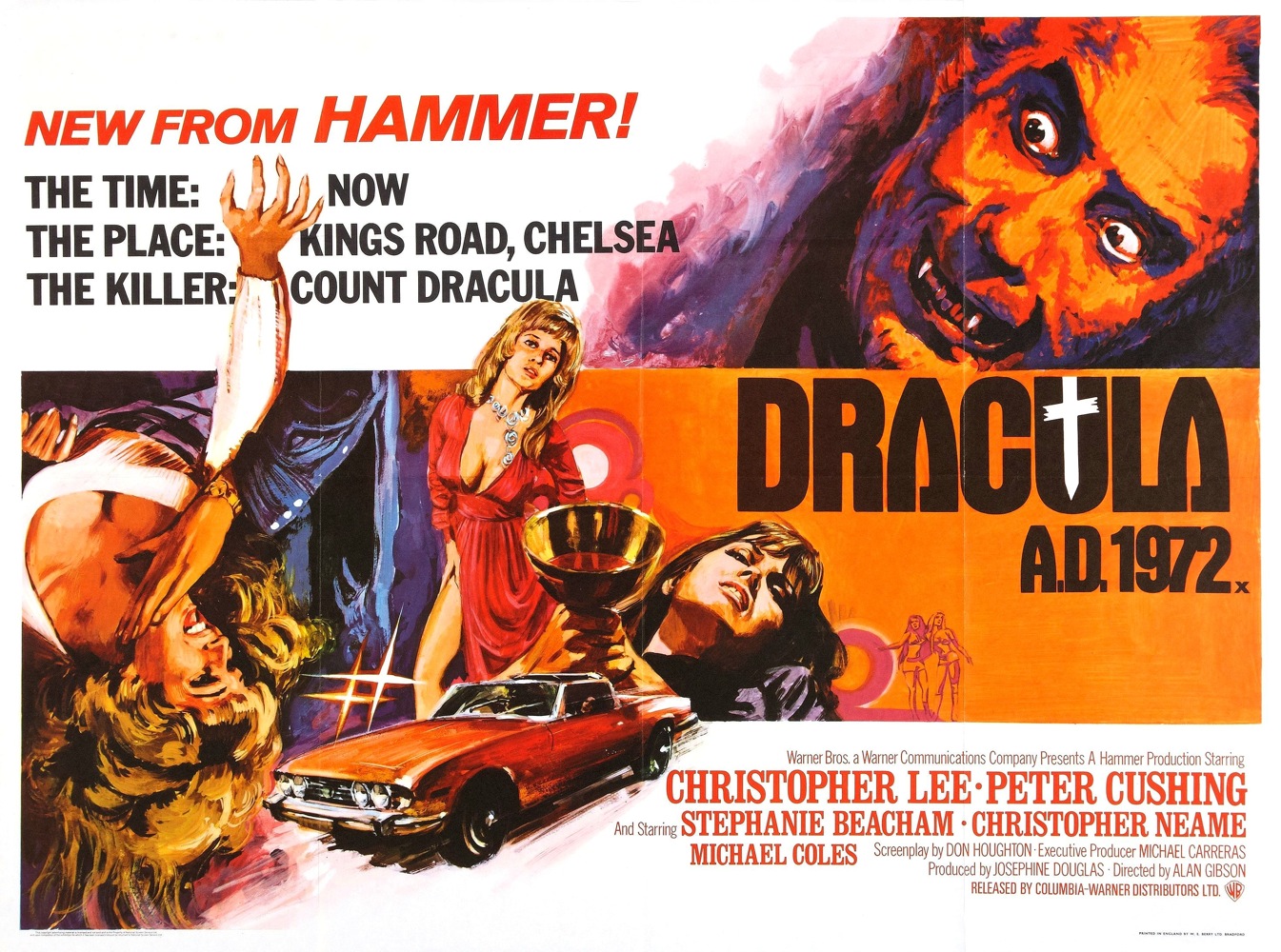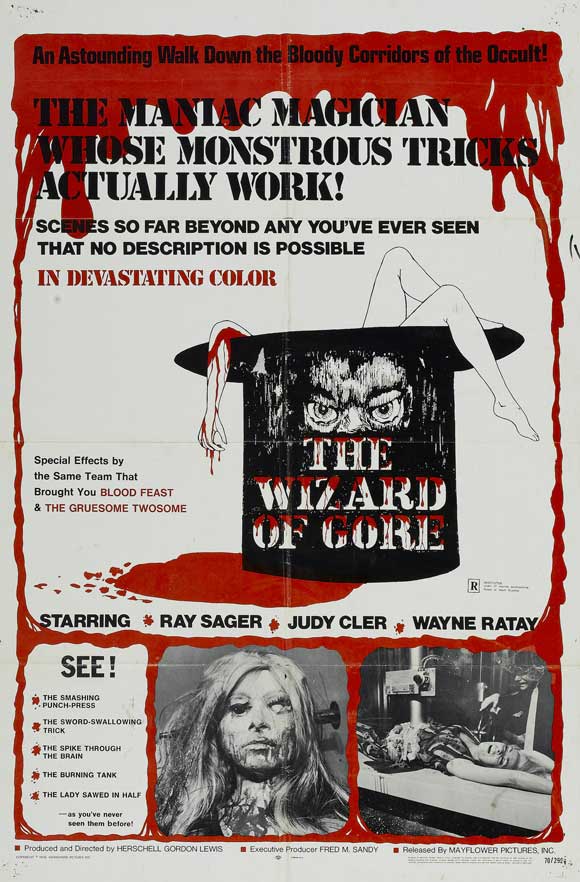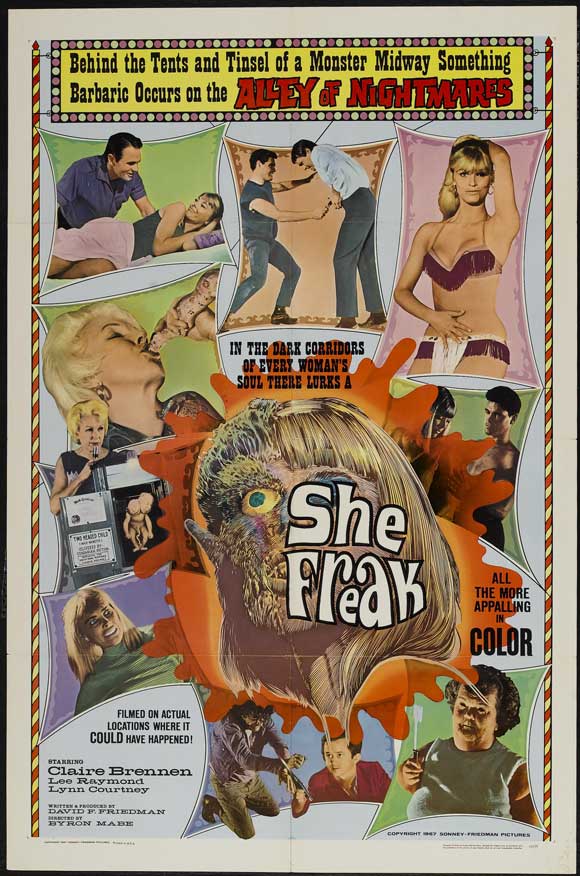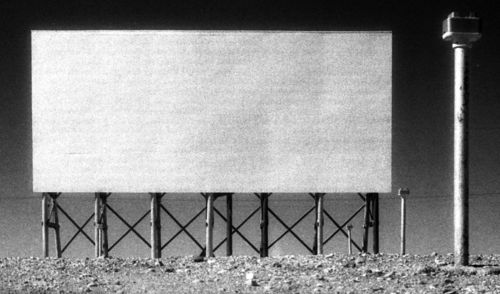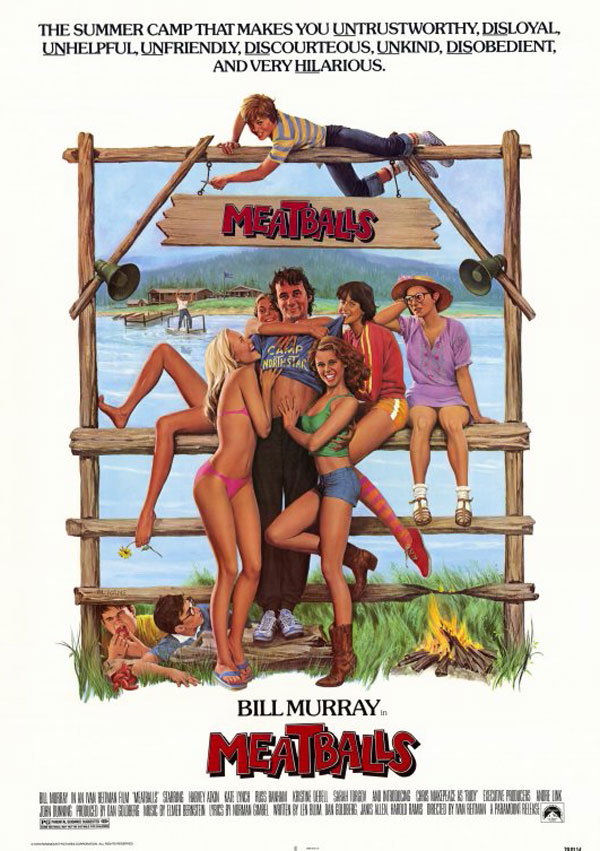The ABCs of B-Movie Bullsh*t -- I is for Italian
 Thursday, September 1, 2011 at 6:00AM
Thursday, September 1, 2011 at 6:00AM I
is for Italian
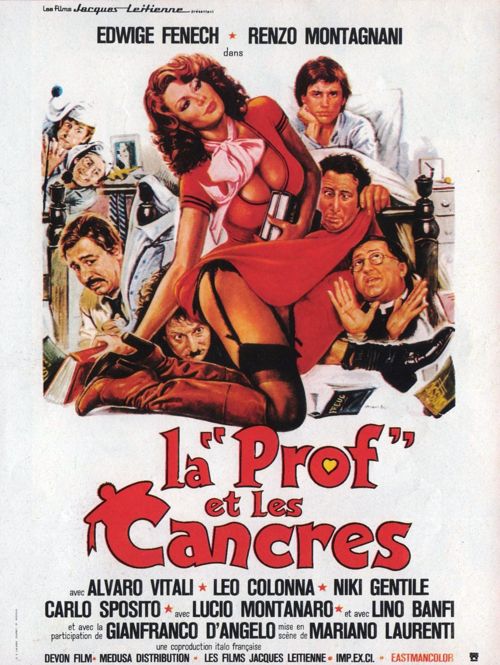
When people describe the virtues of the Italian culture, subtlety is a word you’ll almost never hear. If any one phrase can be used to sum up their artistic achievements and general philosophy towards life, it would have to be, “Go big or go home.” This is especially true when it comes to their filmmaking.
“But Allan,” I hear some of you whine pitifully, “what about the Italian neo-realists like Rossellini and De Sica? Surely they weren’t extravagant or over the top?”
“Nonsense!” I shout back authoritatively. “For all of their authenticity, Rome, Open City and The Bicycle Thief are also clearly in-your-face diatribes against the fake glamour of traditional cinema. In that way, they are about as subtle as a swift kick to the meatballs.”
This is especially true of Italian B-movie cinema, a world that famously ranges from sword and sandal period tales featuring Hercules and Machiste, to spaghetti westerns to raunchy sex comedies (hopefully starring Edwige Fenech) to gross-out cannibal/zombie movies to noir crime dramas to cheesy sci-fi to the classic giallo thrillers. It’s hard to think of a single genre the Italians haven’t given their own spin on.
Beyond their often-prurient focus on sex and violence, Italian B-movies were notable for the use of M.O.S. sound, the process in which dialogue isn’t recorded on set, but instead added via ADR during post-production. The result is a strangely detached, almost dreamlike quality where the spoken words never quite exactly match the movement of the speaker’s lips—even when spoken in the language used during production.
The history of Italian B-movies is far too vast to sum up in a brief entry such as this, but some notable names to look up would be Mario Bava, Lucio Fulci, Dario Argento, Luigi Cozzi, Lamberto Bava, Dino Di Laurentiis, Sergio Leone, Carlo Ponti, Ruggero Deodato, Joe D’Amato, Tinto Brass, Umberto Lenzi and the already mentioned Ms. Fenech.
I
is for Italian
and
Italian
is
Incredible
 ABCs,
ABCs,  B-MOVIE BULLSH*T,
B-MOVIE BULLSH*T,  Bullsh*t Lists in
Bullsh*t Lists in  ABCs,
ABCs,  B-Movies,
B-Movies,  Bullsh*t Lists,
Bullsh*t Lists,  Horror
Horror 
